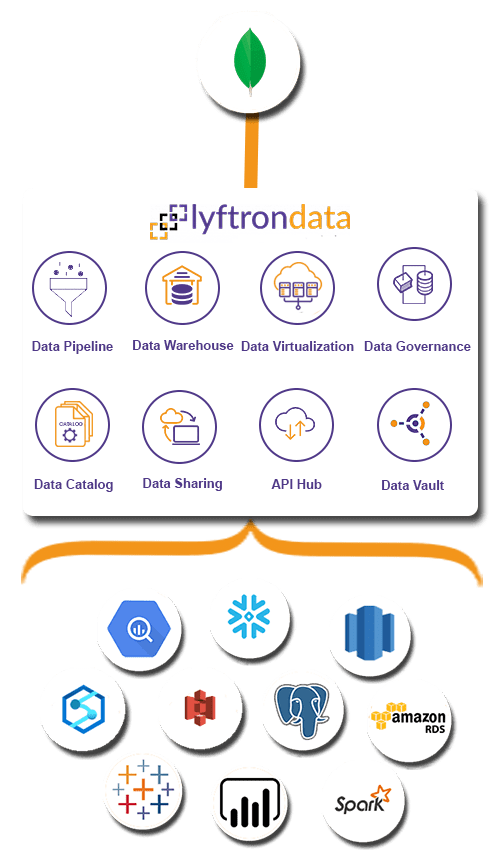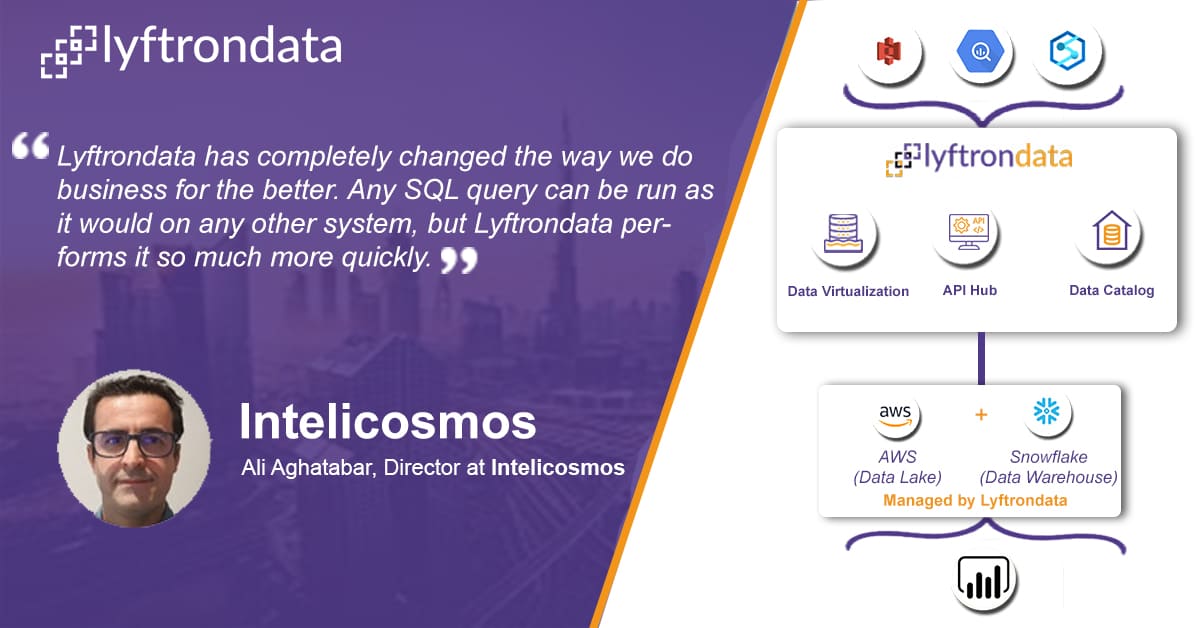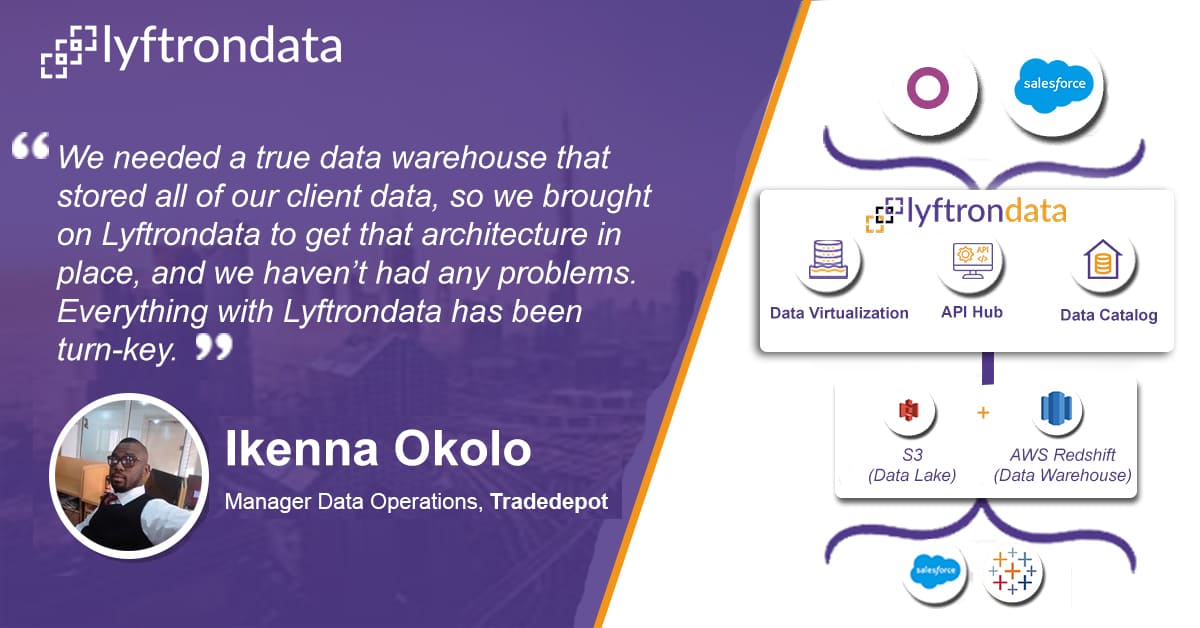200X Acceleration at
1/10th of the cost
Zero
maintenance
No credit card
required
Zero coding
infrastructure
Multi-level
security
Simplify MongoDB integration in
4 simple steps
Create connections
between MongoDB and targets.
Prepare pipeline
between MongoDB and targets by selecting tables in bulk.
Create a workflow
and schedule it to kickstart the migration.
Share your data
with third-party platforms over API Hub

Why choose Lyftrondata for MongoDB Integration?


Simplicity
Build your MongoDB pipeline and experience unparalleled data performance with zero training.

Robust Security
Load your MongoDB data to targets with end-to-end encryption and security.

Accelerated ROI
Rely on the cost-effective environment to ensure your drive maximum ROI.

Customer's Metrics
Track the engagement of your customers across different channels like email, website, chat, and more.

Improved Productivity
Measure the performance of your team and highlight areas of improvement.

360-degree Customer View
Join different data touch points and deliver personalized customer experience.
Hassle-free MongoDB integration to the platforms of your choice
Migrate your MongoDB data to the leading cloud data warehouses, BI tools, databases or Machine Learning platforms without writing any code.
Hear how Lyftrondata helped accelerate the data journey of our customers
FAQs
What is MongoDB?
MongoDB is a popular open-source, document-oriented NoSQL database management system. It is designed for handling large volumes of unstructured or semi-structured data, making it well-suited for modern applications that require flexibility, scalability, and high performance.
What are the features of MongoDB?
Scalability:
Horizontal Scaling: MongoDB supports horizontal scaling through sharding, which distributes data across multiple servers or clusters. This allows it to handle large datasets and high throughput by spreading the load.
Auto-Sharding: MongoDB automatically handles the distribution of data and load balancing across shards, simplifying the scaling process.
High Performance:
Indexing: MongoDB supports various indexing options, including single field, compound, geospatial, and text indexes, which improve query performance and enable fast data retrieval.
In-Memory Processing: MongoDB uses in-memory processing to speed up data access and query execution.
Rich Query Language:
Flexible Queries: MongoDB provides a powerful query language that allows for complex queries, including support for aggregation, filtering, and sorting operations.
Aggregation Framework: The aggregation framework enables users to perform complex data processing and transformation operations, such as grouping, filtering, and sorting.
What are the shortcomings of MongoDB?
Performance Issues with Complex Queries:
Joins and Relations: MongoDB does not support traditional SQL-style joins natively. While some joins can be mimicked through embedding or using the $lookup aggregation, it’s not as efficient or straightforward as in relational databases.
High Write Loads: MongoDB can face performance issues under very high write loads, particularly in scenarios involving complex updates or multiple indexes. Index maintenance during high insert/update operations may lead to reduced throughput.
High Memory Usage:
Memory-Intensive Operations: MongoDB uses memory-mapped files for data access, and its performance largely depends on how much data fits into RAM. When the dataset is large and cannot fit in memory, performance can degrade as MongoDB relies on disk-based operations.
Indexes in RAM: To maintain good query performance, MongoDB expects indexes to be stored in RAM. For large datasets, this can lead to very high memory consumption, especially when indexing many fields.
Indexing Limitations:
Limited Index Types: MongoDB supports several index types, but it doesn’t have as comprehensive a range of indexing options as relational databases. For example, it lacks some advanced indexing features like partial or filtered indexes, which can be useful for certain use cases.
Write Performance Impact: MongoDB’s index maintenance can slow down write operations. Adding more indexes improves read performance but can significantly degrade write speeds in systems with frequent updates or inserts.
Make smarter decisions and grow your sales with Lyftrondata MongoDB integration

















